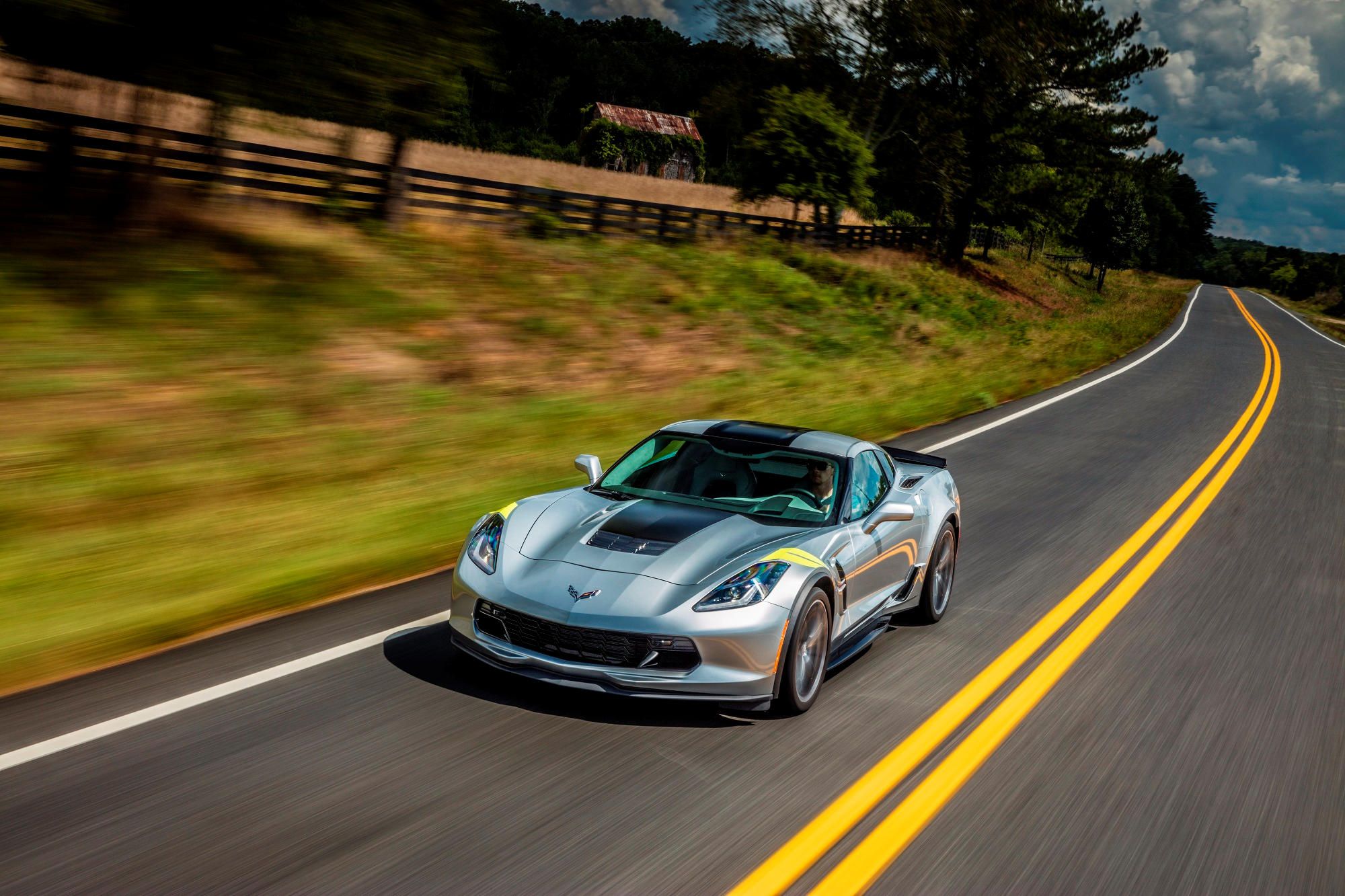
Automakers never especially liked the 46.6 miles per gallon fleet wide fuel economy standard the Obama administration, the National Highway and Transportation and Safety Administration, Environmental Protection Agency and the California Air Resources Board agreed to back in 2011. The CEOs of Detroit's Big Three made this clear to President Trump last year. And now, according to Automotive News, via Bloomberg, who obtained a draft NHTSA analysis, the Trump administration wants to reduce that future fuel economy standard.
The main reason is to help make life easier for automakers.The NHTSA is now looking at several possibilities to lower that figure, one of which includes reducing that fleet wide fuel economy standard to 35.7 miles per gallon by 2026. Shaving off nearly 11 mpg makes a big difference. If the NHTSA goes with that plan, an estimated 10 percent of new cars and light trucks for the 2030 model year will need to be either hybrid or plug-in hybrid, down from 61 percent according to the Obama era rules. Other proposed rule changes are less drastic. The overall goal, it seems, is to give automakers additional time to achieve higher fuel efficiency outputs, aka a more business friendly approach. Of course, this thinking is not sitting well with the CARB.
California regulators have made it clear they have no intention to change their state's efficiency standards. Problem is, automakers really want to have a standardized, nationwide policy. Doing that, however, would require federal and state regulators to agree on any changes to the rules. "It's clear that in order to stay competitive globally, the U.S. auto industry needs to keep pace with the rest of the world. That's where California is moving," Young said. "It is unwise for the federal government to set the clock of automotive technology back a decade." Things are definitely about to start heating up regarding any proposed rule changes because the NHTSA wants to set new fuel economy rules for 2022-2025 by the end of March.







